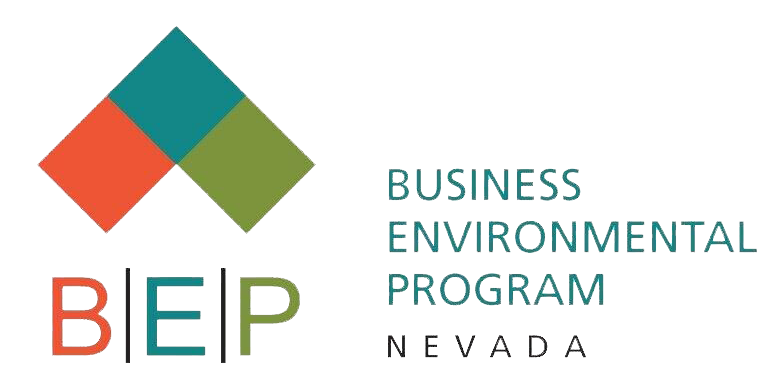WASHINGTON (February 26, 2019) – Today, the U.S. Environmental Protection Agency (EPA) is announcing its final decision to retain without changes to the National Ambient Air Quality Standards (NAAQS) for sulfur dioxide (SO2). This decision comes after carefully reviewing the most recent available scientific evidence and risk and exposure information and consulting with the agency’s independent science advisors.
“The United States has made great strides in reducing SO2 concentrations,” said EPA Assistant Administrator for the Office of Air and Radiation Bill Wehrum. “Based on review of the scientific literature, recommendation from our independent science advisors, and public comment, we have concluded that the existing standard continues to provide adequate health protection to our most vulnerable populations.”
As a result of Clean Air Act programs and efforts by state, local and tribal governments as well as technological improvements, SO2 concentrations in the U.S. fell by more than 85 percent between 1990 and 2017 and more than 60 percent since 2010. These data accompany similar long-term trends showing air quality improvements:
- Between 1970 and 2017, combined emissions of six common air pollutants declined by 73 percent, while the U.S. economy increased more than 260 percent.
- EPA’s latest report on power plant emissions also shows that SO2 emissions from power plants fell six percent between 2017 and 2018.
- Since 1990, annual emissions of SO2 from power plants fell by 92 percent, and annual emissions of NOx from power plants fell by 84 percent.
Background
The Clean Air Act requires EPA to set NAAQS for “criteria pollutants.” Currently, SO2 and five other major pollutants are listed as criteria pollutants. The law also requires EPA to periodically review the relevant scientific information and primary (health-based) standards. If appropriate, EPA revises the standards to ensure they provide requisite protection for public health, allowing for an adequate margin of safety.
The EPA and its independent advisors on this topic, the Clean Air Scientific Advisory Committee (CASAC), agree that this existing standard continues to provide health protection and “that the current scientific literature does not support revision of the primary NAAQS for SO2.”
More information about the rule can be found at https://www.epa.gov/so2-pollution/primary-national-ambient-air-quality-standard-naaqs-sulfur-dioxide.
